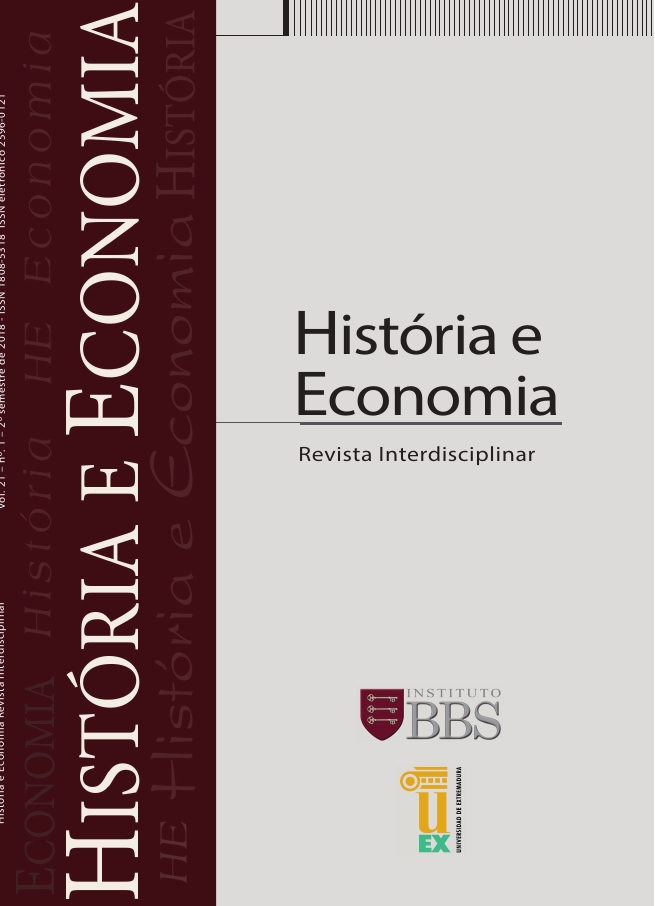Abstract
This is a work of theoretical nature. Its main objective is to present arguments that prove the convergence between the thoughts of Roberto Cochrane Simonsen and Paul Narcyz Rosenstein. To achieve this goal, a literature review was conducted based on the main works of these illustrious personages, as well as other complementary materials. It could be concluded that the thoughts of the respective authors converged due to the mutual belief that industrialization was the best alternative to combat social inequalities and high poverty rates in less developed regions. In addition, both thinkers believed in the importance of the state for industrialization projects. Both stressed that industries should expand their activities simultaneously. According to them, the income generated by the various sectors of the economy allow individual industries to be self-sustaining. The regions studied by Simonsen and Rodan presented structural problems inherent to backward economies. Environments full of uncertainty and instability, where the agricultural sector was technologically outdated, poorly diversified and with a high level of unemployment; contributed to increasing inequality and poverty. Under these conditions, both Simonsen and Rodan defended the idea that an initial "big push", fostered by integrated industrial investments, could have beneficial effects not only on the productive structure, but also on the aggregate consumer market and national infrastructure.
